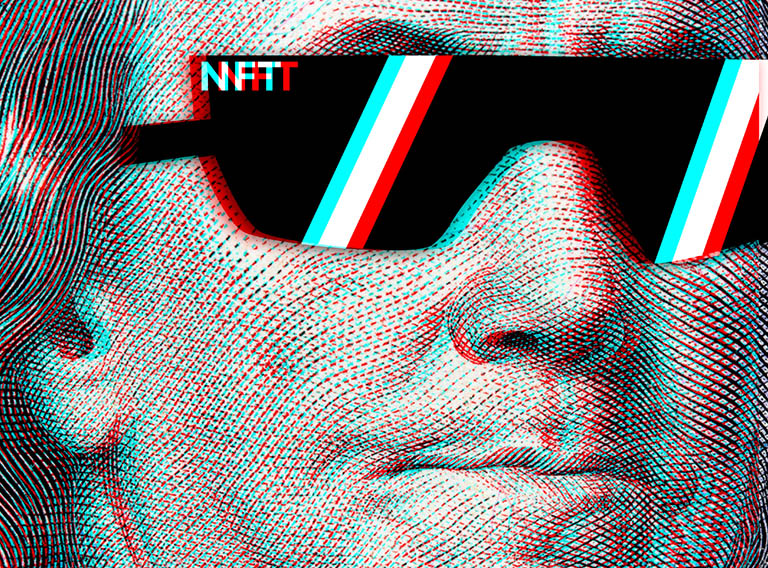



NFTs are being talked about everywhere? What are they? An NFT is another word for a “nonfungible token”. It is a unique digital code that represents a digital item such as art or music, as well as a growing number of physical items, that runs on the blockchain (a secure, decentralized, and cryptography-backed online ledger) and provides proof of ownership of virtual collectibles.
This is all new vocabulary and the explanation may cause some confusion, but when it comes to NFTs, confusion and excitement are present in equal parts.
There are plenty of questions. Namely, what exactly are NFTs, how are they used, and why would anyone be interested in them? NFTs can generate new streams of revenue for creators and be a store of value for collectors. If you own NFTs or plan to invest in them, be sure they are properly accounted for in your estate plan.
Handing down an NFT is more complicated than passing on a physical item or other traditional asset. But with buzz building around NFTs, they could end up being among the most valuable items in your estate.
As the name indicates, a NFT token is nonfungible. In other words, it is unique and cannot be directly replaced by, or exchanged one-for-one for, another token. Fungible assets (such as the US Dollar or bitcoin) are mutually interchangeable. One dollar bill can be exchanged for any other dollar bill; one Bitcoin is always equal to another Bitcoin.
On the other hand, every NFT is unique in some way. But here is where things can get tricky: NFTs do not necessarily derive their worth from their uniqueness, even though that is part of their value. Typically, an NFT is linked to a specific digital item and serves as a sort of certificate of authenticity for that item. Tokenizing assets and putting them on the blockchain makes buying, selling, and trading the assets safer and more efficient. NFTs represent and are used to sell the following types of digital collectibles and assets, among others: collectible sports cards (e.g., NBA Top Shot), digital art, such as music, videos, and images, tokenized version of tweets and GIFs, trading games (e.g., CryptoKitties), in-game items, rarities and collectibles, virtual real estate (e.g., Decentraland).
What you can do with an NFT depends on what it is. If it is digital artwork, you can display it on a monitor or inside a virtual world (known as a metaverse) such as Decentraland. With NFTs, you can also own virtual real estate and other unique items in the metaverse. In fact, the full potential of NFTs seems inextricably tied to the development of the metaverse’s 3D digital environment. You might want to just hold on to your NFT as an investment. Each NFT can have only one owner at a time. NFTs are stored in a wallet, similar to a crypto wallet.
During your lifetime, transferring an NFT can be done in a matter of minutes. You select the NFT you want to transfer from your wallet, enter the recipient’s wallet address, and send the token. Access to your digital wallets should be part of your estate plan. Without a detailed plan that ensures access to your cryptocurrency, NFTs, and other digital assets, they could potentially be lost forever when you’re gone (or if you become in capacitated)